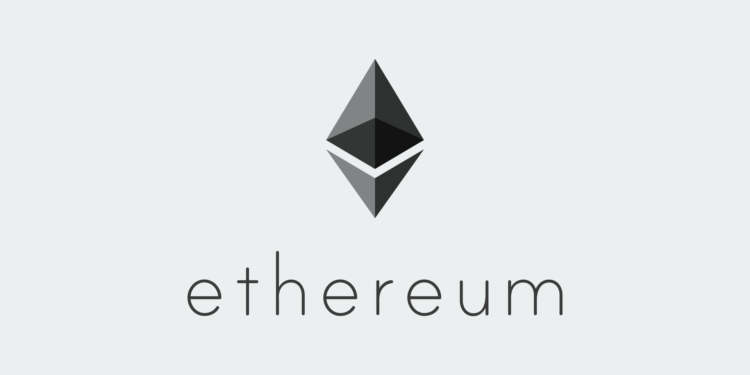Ethereum token supply has declined since last week. It seems that ETH token supply aims to hit the pre-merge levels soon.
The crypto space witnessed a revolutionary transition this year as Ethereum successfully merged the proof-of-stake (PoS) consensus mechanism from its previous proof-of-work (PoW) mechanism to reduce emissions. According to on-chain data, the supply chain of Ethereum has started to decline, and it seems to touch its pre-merge levels as more Ethereum tokens are burned than created for the last few weeks.
Burning Mechanism Reduces Ethereum Supply
Ethereum accomplished one of the most-anticipated upgrades in the crypto industry in Mid-September; however, it failed to bring any significant change to Ethereum’s value. According to some analysts, the value of Ethereum dropped significantly following the PoS transition. Additionally, the token supply of Ethereum starts declining and tends to reach the level of pre-merge.
On 15 September, when Ethereum merged from a proof-of-work to a proof-of-stake consensus mechanism, the circulating supply of Ethereum was 120,520,000 tokens. However, the token supply saw a minor rise as it reached 120,534,000 tokens on 8 October. Since then, the token supply began its downtrend as it dropped to 120,522,000 and now recording just a couple of thousand tokens more than the supply during the merge event. This downtrend occurred as Ethereum tokens were burned, collected as transaction fees to reward the network’s validators.
Kevin Peng, a research analyst at The Block, said, “Since issuance is significantly reduced now compared to pre-Merge, even a slight increase in burned ETH from recent levels would make daily net emission go negative.”
Ethereum To Reach Its Pre-Merge Levels
The issuance of ETH by the network is the process of adding more Ethereum to the network and increasing the supply chain. The burning of Ethereum indicates the destruction of ETH and its erasing from circulation. The rate of issuance and burning of any crypto is calculated based on several factors, and the relation between them determines the inflation/deflation rate of the token.
The declining rate of Ethereum is nearly 90% after the Merge. This variation might result from not mining Ether after the PoS transition. Furthermore, this decline is linked to the implication of the EIP-1559 feature and the burning mechanism for the token. This hints that a fee paid for ETH transactions is burned. It is calculated that a more significant number of ETH is burned than being added to the supply chain when the transaction fee exceeds 16 gwei. According to data from ultrasound.money, ETH supply is 1,700 ETH away from hitting its pre-Merge level.
DeFi researcher Mika Honkasalo tweeted, “Post-merge total supply change is about to turn negative in the next 5-7 days.” If the current trade continues at the same pace, then we can see ETH touch its supply level that was before the Merge. Since 8 October, the average transaction fees have also increased along with the hike of activity on Ethereum. This uptrend of activity came after the introduction of a freely claimable token, XEN. Anyone on the network can claim XEN by paying the Ethereum transaction fees.
Currently, the average transaction fees of Ethereum range between 20 to 30 gwei, which is enough to burn Ethereum from the supply chain and make it deflationary. The amount of burned ETH mainly depends on the network’s activity, as the base fees always differ depending on the congestion of blocks.























